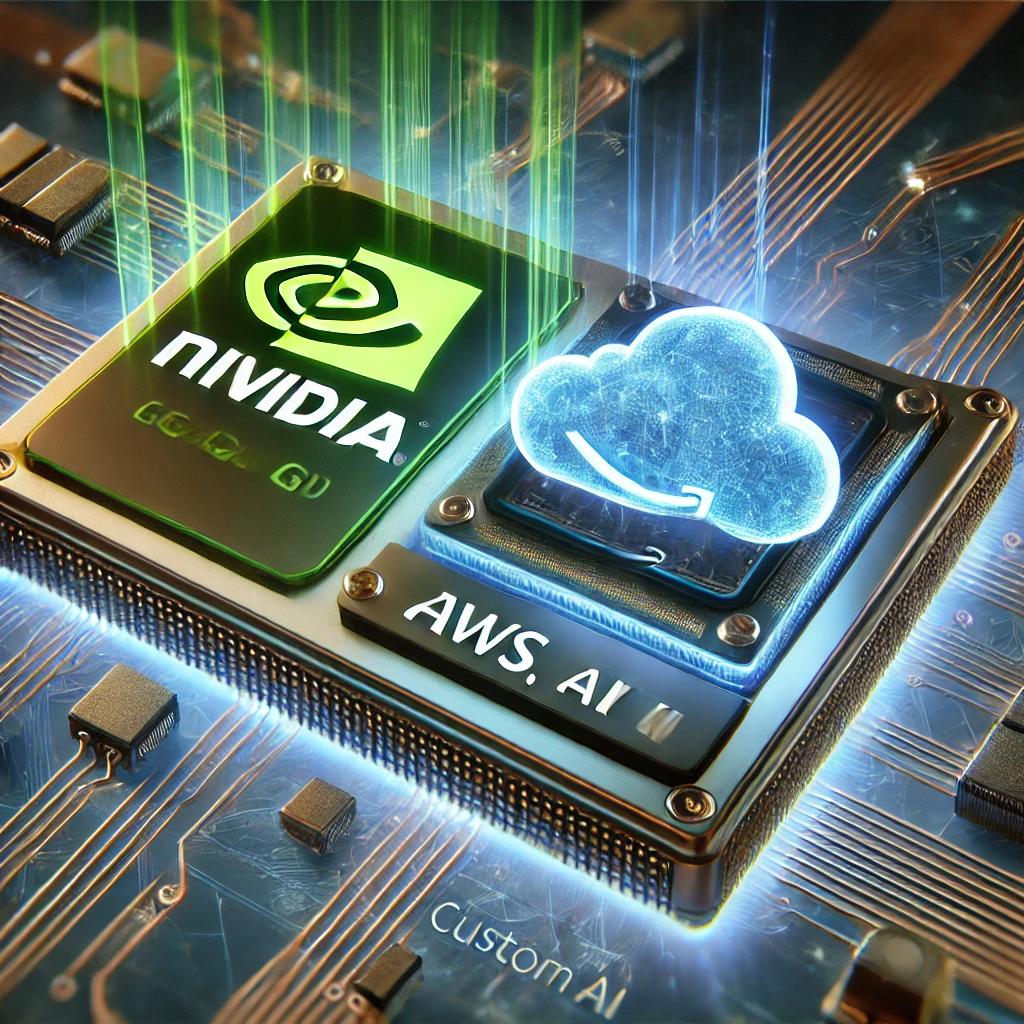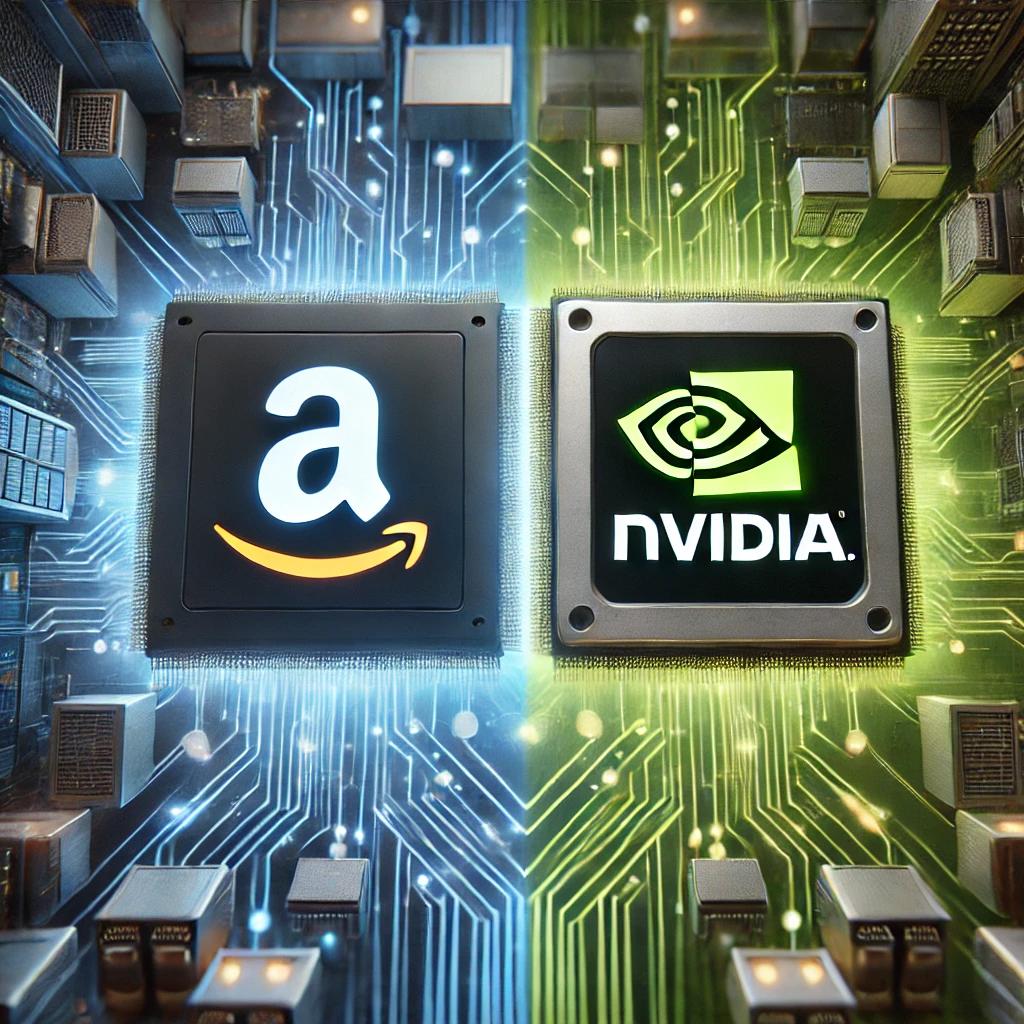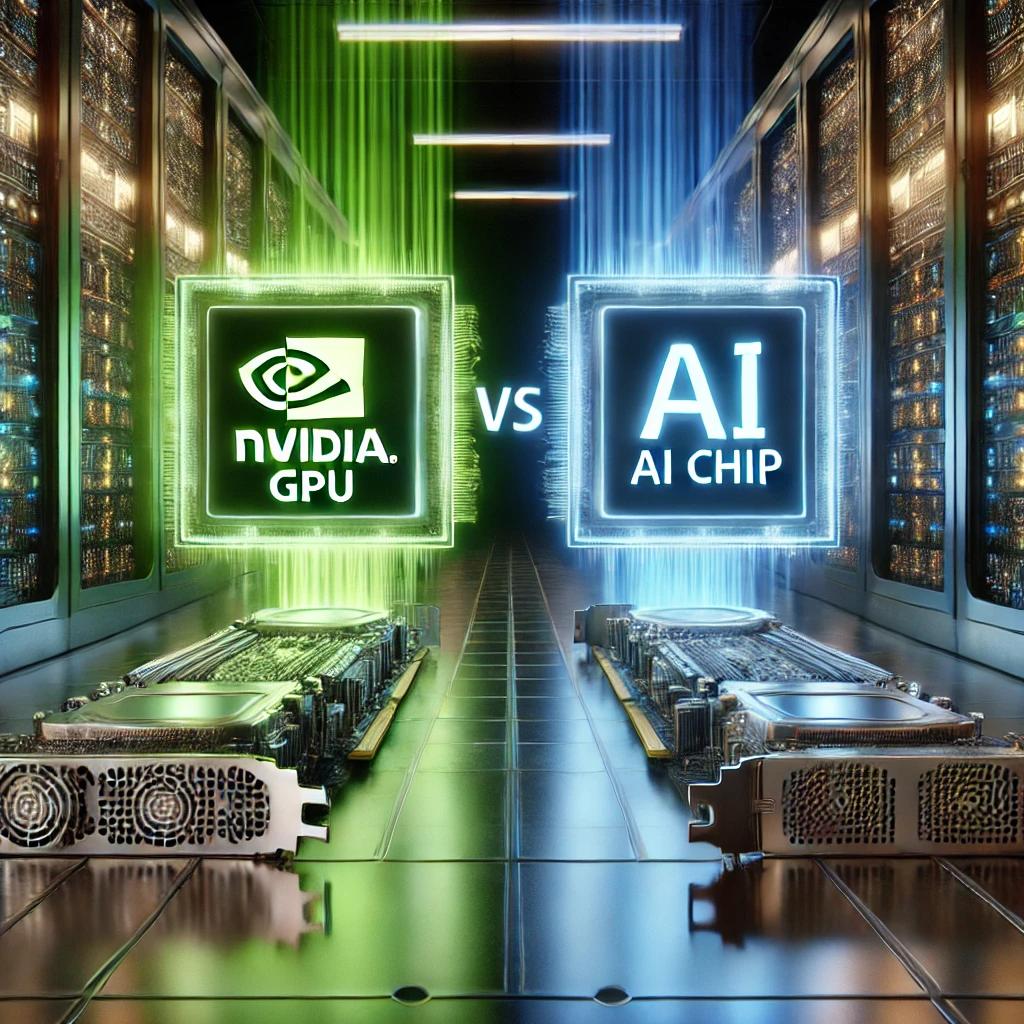Artificial intelligence (AI) is transforming industries at an unprecedented pace. At its core lies the need for advanced hardware to handle massive computations. Nvidia, a leader in GPUs (Graphics Processing Units), has dominated this space for years. However, Amazon Web Services (AWS) is challenging this dominance with its custom AI chips. Here’s how this rivalry is reshaping the AI landscape.
AI Hardware: The Current Landscape
AI workloads demand immense computational power. Nvidia’s GPUs have long been the preferred choice for AI training and inference tasks. Companies like OpenAI and Google rely on Nvidia’s technology for their AI models.
AWS, a dominant force in cloud computing, has historically partnered with Nvidia. Its cloud services leverage Nvidia GPUs to power AI solutions. However, with AI demand skyrocketing, AWS has developed its own hardware.
Amazon’s Bold Move into AI Hardware
Amazon has made significant strides in hardware innovation. The introduction of Inferentia and Trainium chips positions AWS as a serious contender in the AI hardware space.
1. Inferentia
- Tailored for AI inference, it excels in real-time AI applications.
- It offers lower latency and better efficiency than GPUs in certain use cases.
- AWS claims that Inferentia reduces costs for AI inference by up to 30%.
2. Trainium
- Trainium focuses on AI training workloads.
- It provides superior price-to-performance compared to leading GPUs.
- This chip gives Amazon a direct foothold in Nvidia’s core market.
By offering custom solutions, Amazon reduces its dependency on Nvidia. This shift also gives AWS more control over performance and pricing.
Advantages of AWS’s Custom Chips
Amazon’s move into AI hardware brings several benefits. These include cost savings, ecosystem integration, and hardware optimization.
- Cost Efficiency:
AWS’s custom chips are designed to lower customer costs. Many businesses find these savings appealing for large-scale AI projects. - Seamless Integration:
Inferentia and Trainium work seamlessly within AWS’s cloud ecosystem. This simplifies deployment for developers and businesses. - Specialized Performance:
Unlike general-purpose GPUs, these chips are optimized for specific tasks. This ensures faster results for AI workloads.

Nvidia’s Response
Despite Amazon’s aggressive push, Nvidia remains a formidable competitor. It continues to innovate and expand its offerings.
- Next-Gen GPUs:
Nvidia’s H100 GPU (Hopper architecture) is setting new performance benchmarks. - Robust Software Ecosystem:
Nvidia’s CUDA platform and AI frameworks remain industry standards. Developers rely on these tools for seamless integration. - Diversification:
Nvidia is expanding beyond GPUs. Products like Grace CPUs and BlueField DPUs aim to enhance AI infrastructure. - Strategic Partnerships:
Nvidia collaborates with Google Cloud, Microsoft Azure, and other providers. These alliances ensure its GPUs remain relevant in the cloud market.
How This Competition Impacts the Industry
Amazon’s entry into AI hardware is shaking up the market. It intensifies competition, drives innovation, and lowers costs for businesses.
For Nvidia, it’s a wake-up call to double down on innovation. While GPUs dominate, Amazon’s specialized chips highlight the power of tailored solutions.
For developers, this competition means more options. They can choose between traditional GPUs or AWS’s custom chips, depending on their needs.
What’s Next?
The rivalry between Amazon and Nvidia is far from over. Both companies are investing heavily in research and development. Meanwhile, businesses and developers stand to benefit from faster, cheaper, and more accessible AI solutions.
As this battle unfolds, it will reshape the future of AI. To learn more about Nvidia’s innovations, check here. For details on AWS’s AI hardware, visit their page.
Stay tuned for more updates on this exciting competition. Who will lead the next wave of AI innovation? Time will tell, but one thing is certain: the stakes couldn’t be higher.


